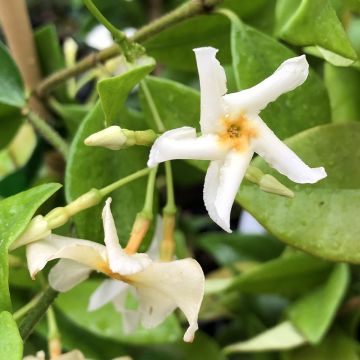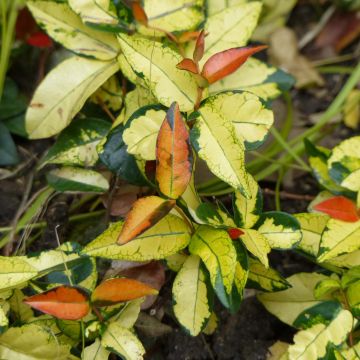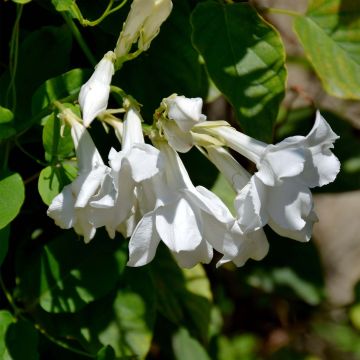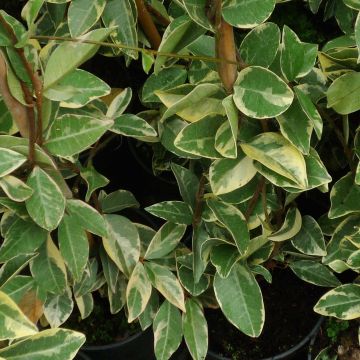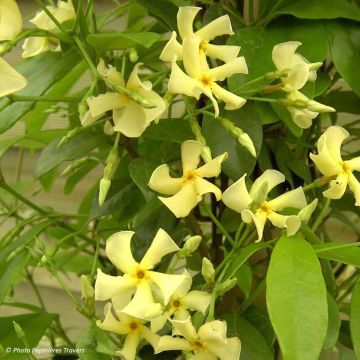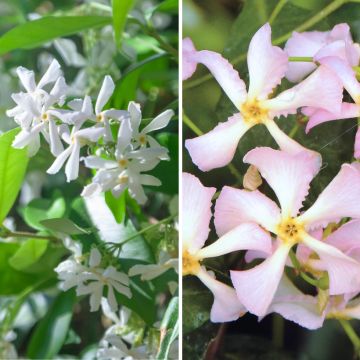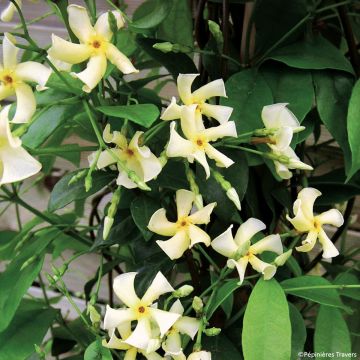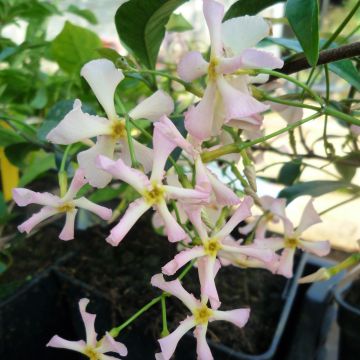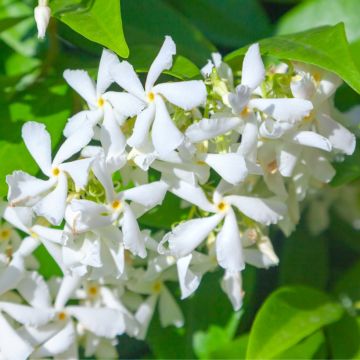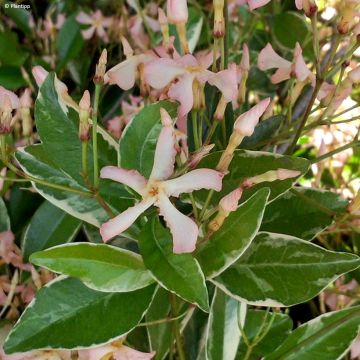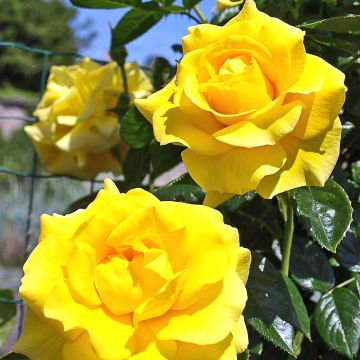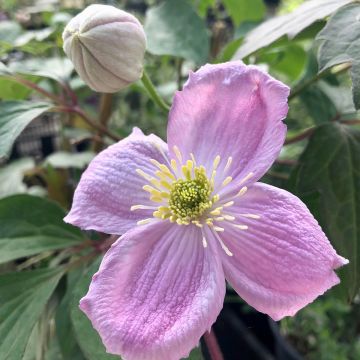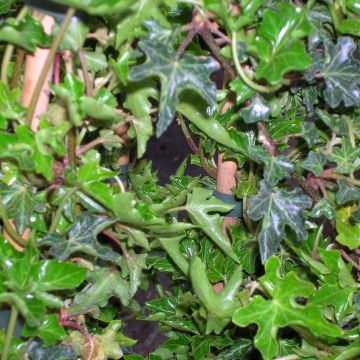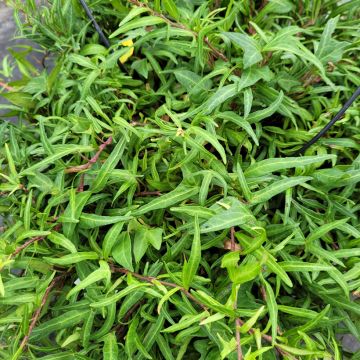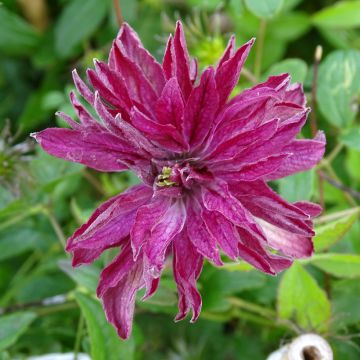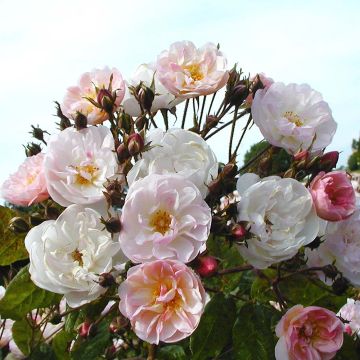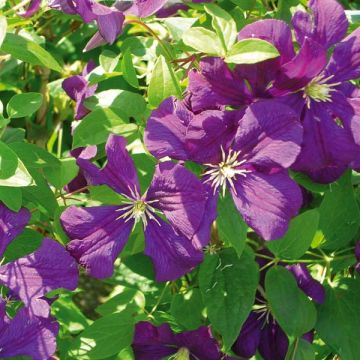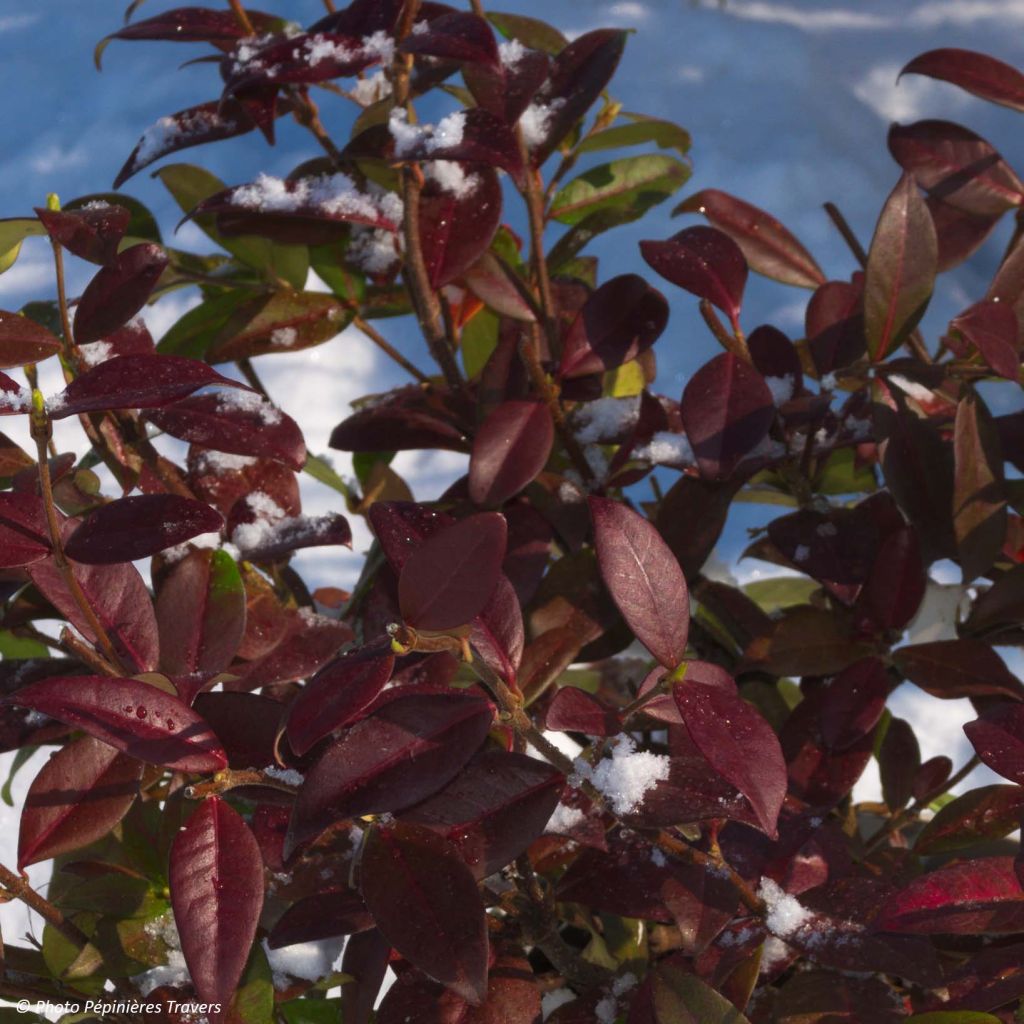

Trachelospermum jasminoides Winter Ruby - Star Jasmine
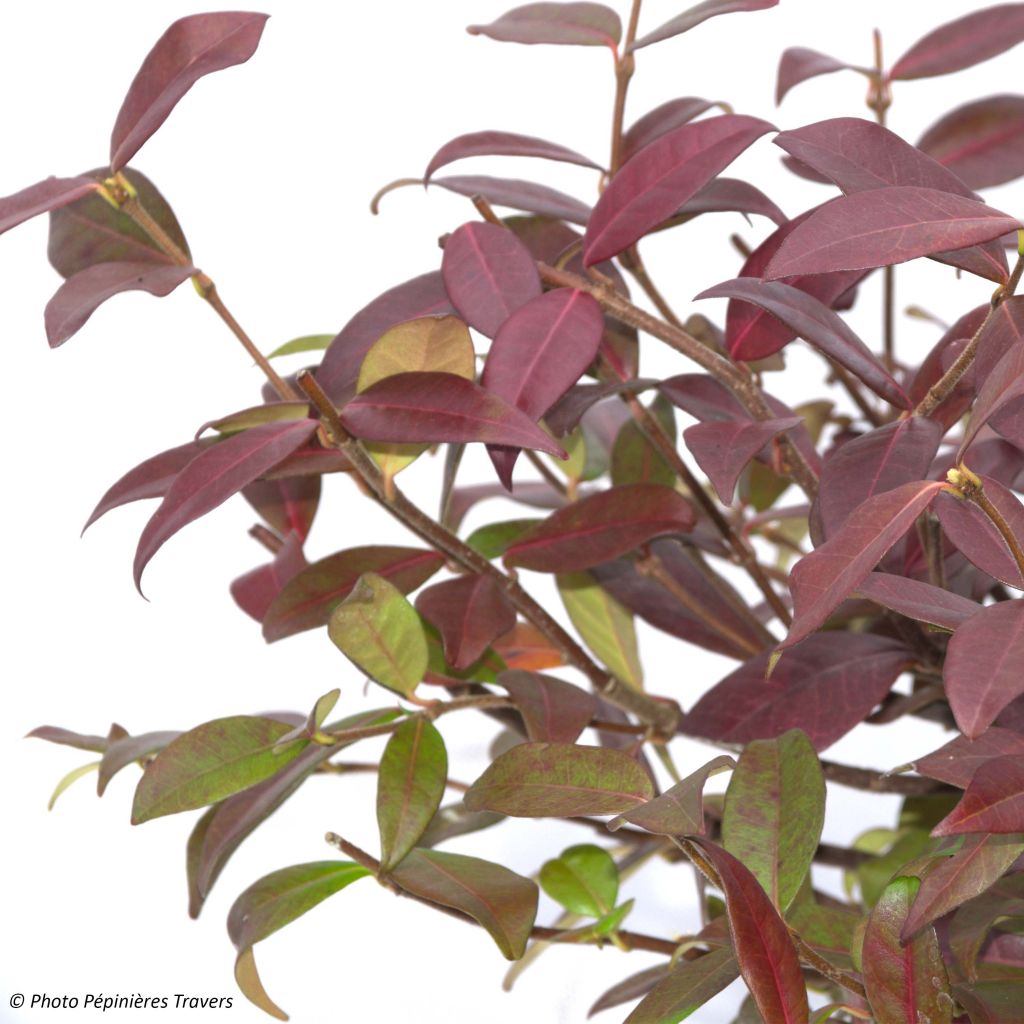

Trachelospermum jasminoides Winter Ruby - Star Jasmine
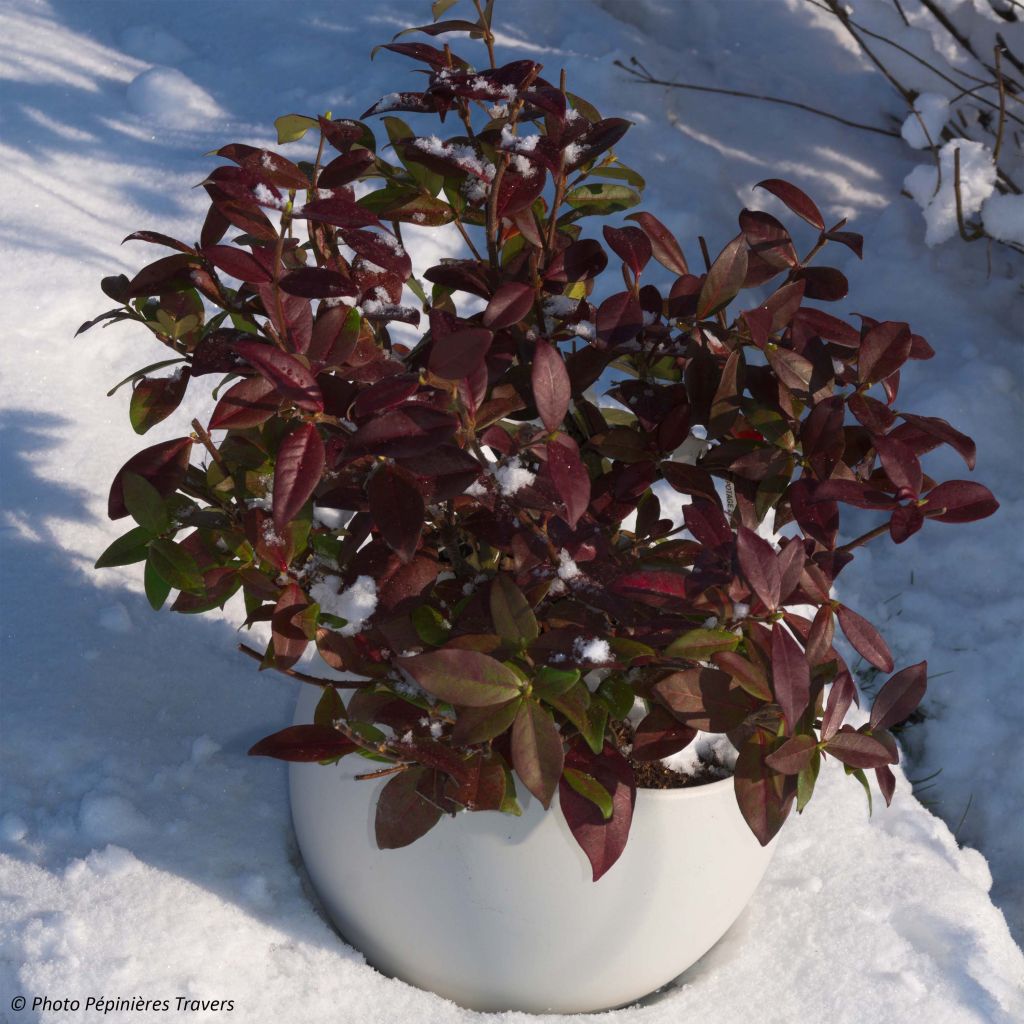

Trachelospermum jasminoides Winter Ruby - Star Jasmine
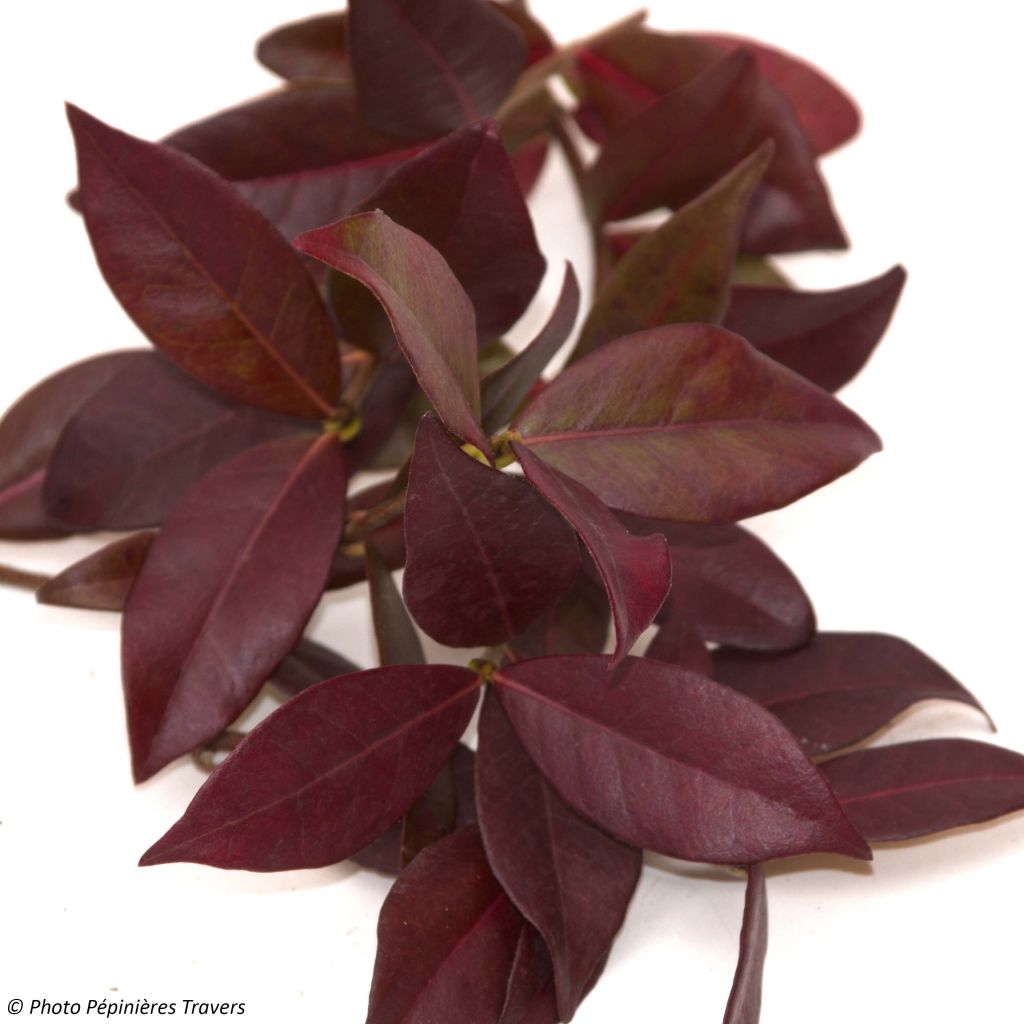

Trachelospermum jasminoides Winter Ruby - Star Jasmine
Trachelospermum jasminoides Winter Ruby - Star Jasmine
Trachelospermum jasminoides Winter Ruby® 'Trared'
Star Jasmine, Confederate Jasmine, Trader's Compass
It never blushed, despite the negative temperatures. The variety sent does not seem to be correct. Disappointed because I really wanted to enjoy that glowing red color.
Nicolas, 14/01/2025
This item cannot be shipped to the selected country
Delivery charge from €5.90
Delivery charge from €5.90
More information
Schedule delivery date,
and select date in basket
This plant carries a 6 months recovery warranty
More information
We guarantee the quality of our plants for a full growing cycle, and will replace at our expense any plant that fails to recover under normal climatic and planting conditions.
From €5.90 for pickup delivery and €6.90 for home delivery
Express home delivery from €8.90.
From €5.90 for pickup delivery and €6.90 for home delivery
Express home delivery from €8.90.

Does this plant fit my garden?
Set up your Plantfit profile →
Description
The Trachelospermum jasminoides 'Winter Ruby' is a brand new selection of star jasmine whose foliage has the unique characteristic of turning red in cold weather. Adorned with such a winter outfit, this lovely vine, also known as False Jasmine, charms once again in early summer, adorned with shiny leaves in a very vibrant green and sprinkled with small white flowers with a penetrating fragrance, both spicy and sweet, capable of perfuming a whole section of the garden. Hardy in the northern part of continental Europe in a sheltered position, star jasmine also grows very well in a large container to elegantly dress up the terrace or balcony. Further south, it can be planted in the ground, in the sun or shade, where it will prove resistant to summer drought once well established.
Star jasmine is a climbing or creeping plant of the Apocynaceae family, related to periwinkles, but also to Allamanda and Mandevilla (the Dipladenia, a summer glory of our flowering pots). Its origins are found in China, Japan, Korea and Vietnam, where it grows on the edge of forests and among bushes. It is a plant whose foliage persists all year round, even in winter. 'Winter Ruby' was recently selected in France by Travers nurseries.
A bit slow to establish, the plant develops long twining stems that lignify quickly, with its vegetation able to cover over time more than 8m (26ft) in all directions, in favorable climates. The branches are adorned with opposite leaves, with entire lamina, oval in shape with a pointed tip. They are thick and leathery, glossy, light green in colour from spring until early autumn. In the usual Trachelospermum jasminoides, the red colouration of the leaves appears irregularly and when the plant is stressed, due to cold or intense drought. In 'Winter Ruby', the leaves uniformly take on a beautiful red hue with the drop in temperatures and light. Their size varies from 5 to 12 cm (2 to 5in) in length, 2 to 4 cm (1 to 2in) in width. Twining branches encountering a moist surface emit aerial roots that allow the plant to cling to walls, the ground or stones, similar to ivy.
Another asset of Trachelospermum jasminoides 'Winter Ruby' is its flowering, abundant from May to July depending on the climate, and above all, divinely fragrant. The flowers are grouped in small clusters in the axils of the leaves and at the ends of the branches. The turbinate bud opens into a small corolla with a short tube that widens and divides into 5 narrow petals arranged in a helix. The diameter of the flowers reaches 2 to 3 cm (1in). The fruit, rarely observed in our latitudes, resembles two green beans connected at the ends. When ripe, it bears seeds with feathers. Like many plants in the Apocynaceae family, false jasmine contains alkaloids that are toxic to humans.
Moderately hardy, 'Winter Ruby' star jasmine can withstand temperatures of around -10°C (14°F) to -12°C (10.4°F) in our northern regions, when planted in a well-exposed position and in well-drained soil. In milder climates, its cultivation poses no problems. While it is most often used to climb walls or scale fences, it can also make an excellent ground cover, even in the shade of deciduous trees, as an alternative to ivy. Perfect for filling a hedge between evergreens or hiding an unpleasant view, Trachelospermum jasminoides can also form a beautiful permanent "tunnel", a passage between two areas of the garden; it can be trained on a structure made with two arches joined by wires. It can also adorn the edge of a staircase, crown the slope of a hollow path etc. At its base, Mexican orange trees, shrubby lavateras, and creeping ceanothus will find a place. Its branches will mingle with those of clematis, honeysuckle or climbing solanum in mild climates.
Report an error about the product description
Trachelospermum jasminoides Winter Ruby - Star Jasmine in pictures
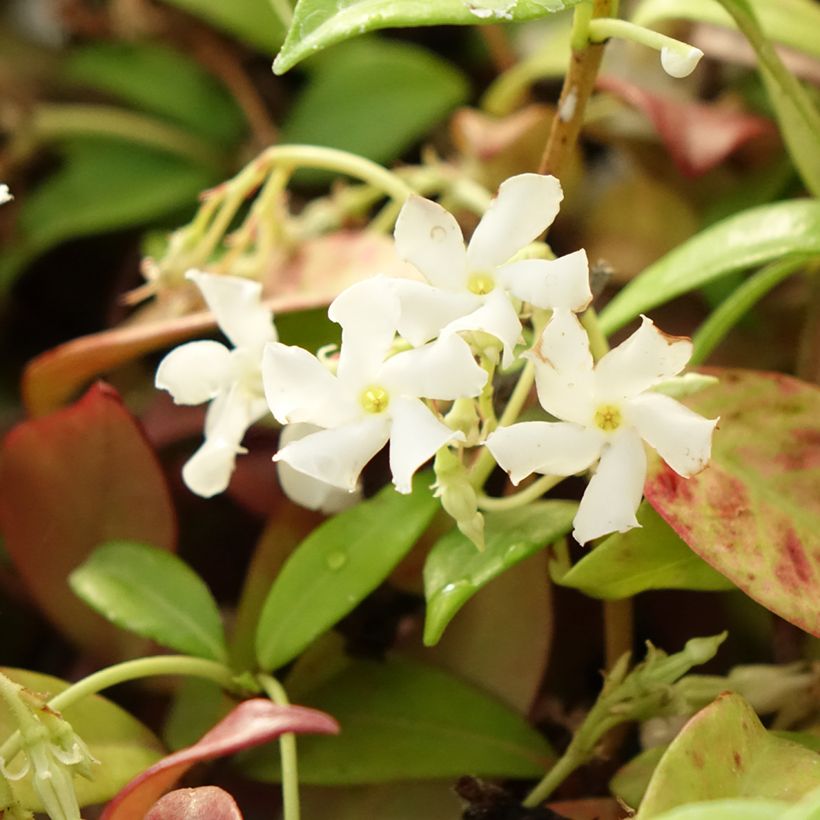

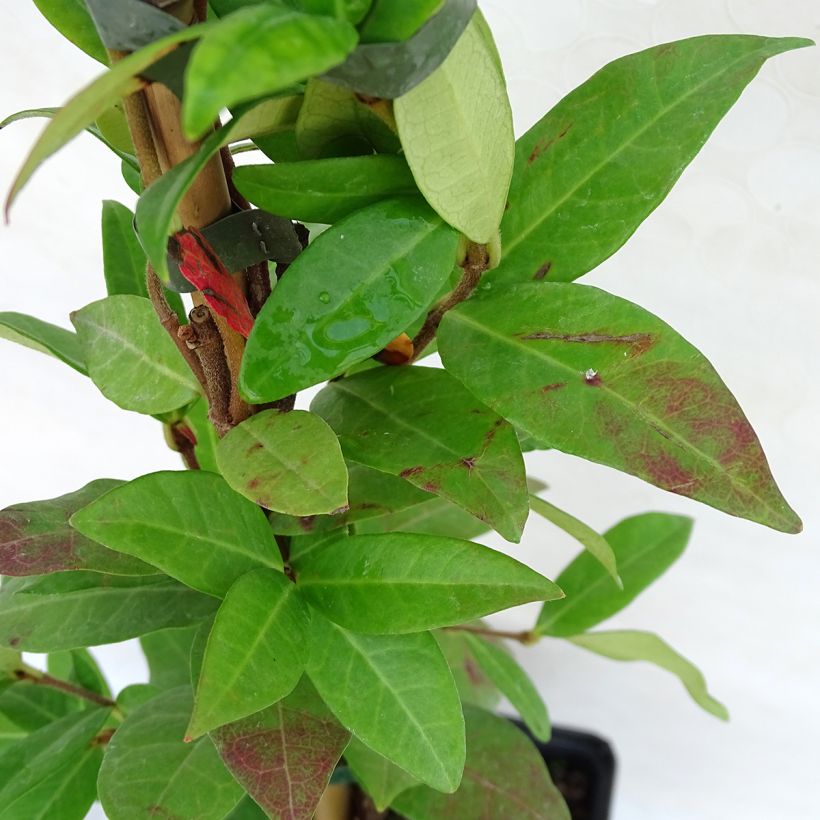

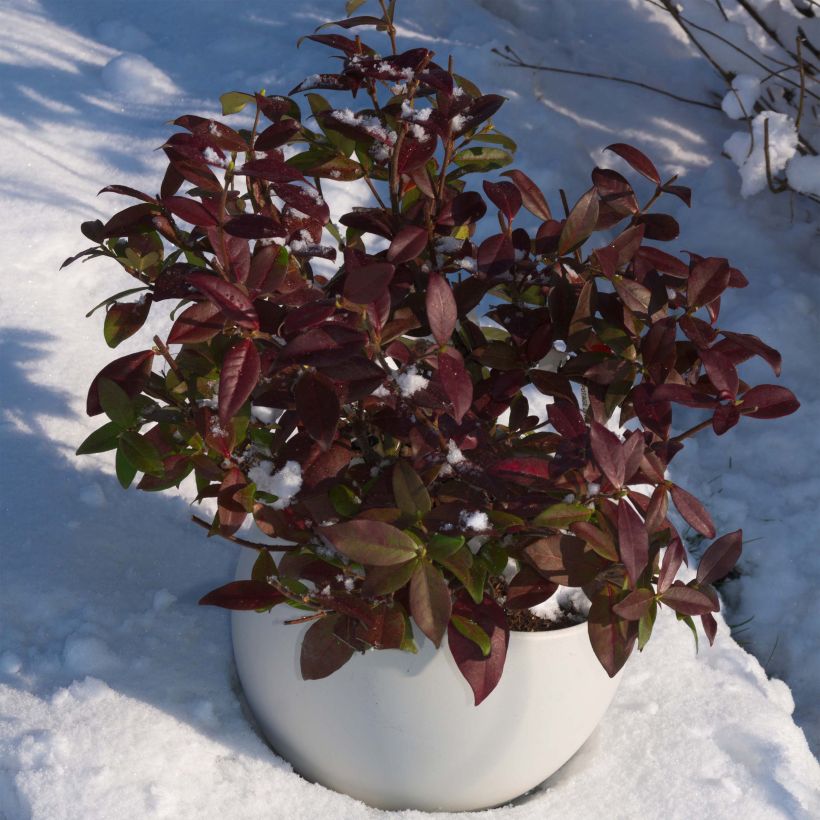

Plant habit
Flowering
Foliage
Botanical data
Trachelospermum
jasminoides
Winter Ruby® 'Trared'
Apocynaceae
Star Jasmine, Confederate Jasmine, Trader's Compass
Cultivar or hybrid
Other Star Jasmine - Trachelospermum
Planting and care
Plant the Trachelospermum jasminoides 'Winter Ruby' in spring in the north, in September-October in the south. Choose a sunny or semi-shaded exposure, or even shade where it will be slightly less floriferous. Install it in a deep, loose and healthy soil, well-drained, sheltered from cold winds. It can tolerate -10°C (14°F), occasionally even -15°C (5°F), but will better withstand very strong frost if the foliage is protected with winter covering and the soil is rather dry.
This plant tolerates limestone well, provided there is no excess moisture in winter; in heavy and suffocating soil, it may show symptoms of chlorosis (gradually yellowing leaves starting from the periphery, with the veins remaining green). Water in summer or in case of drought during the first two years, to help the plant establish itself. Once the roots have penetrated deeply enough into the soil, it will manage on its own, even in very dry summers. During growth, water once or twice a week and optionally apply liquid fertiliser twice a month. In autumn, a slow-release organic fertiliser can be applied and lightly buried by scratching at the base of the plant, starting from the second year.
You can prune it in late winter to control its growth, or after each flowering.
Planting period
Intended location
Care
-
, onOrder confirmed
Reply from on Promesse de fleurs
Foolproof climbers
Haven't found what you were looking for?
Hardiness is the lowest winter temperature a plant can endure without suffering serious damage or even dying. However, hardiness is affected by location (a sheltered area, such as a patio), protection (winter cover) and soil type (hardiness is improved by well-drained soil).

Photo Sharing Terms & Conditions
In order to encourage gardeners to interact and share their experiences, Promesse de fleurs offers various media enabling content to be uploaded onto its Site - in particular via the ‘Photo sharing’ module.
The User agrees to refrain from:
- Posting any content that is illegal, prejudicial, insulting, racist, inciteful to hatred, revisionist, contrary to public decency, that infringes on privacy or on the privacy rights of third parties, in particular the publicity rights of persons and goods, intellectual property rights, or the right to privacy.
- Submitting content on behalf of a third party;
- Impersonate the identity of a third party and/or publish any personal information about a third party;
In general, the User undertakes to refrain from any unethical behaviour.
All Content (in particular text, comments, files, images, photos, videos, creative works, etc.), which may be subject to property or intellectual property rights, image or other private rights, shall remain the property of the User, subject to the limited rights granted by the terms of the licence granted by Promesse de fleurs as stated below. Users are at liberty to publish or not to publish such Content on the Site, notably via the ‘Photo Sharing’ facility, and accept that this Content shall be made public and freely accessible, notably on the Internet.
Users further acknowledge, undertake to have ,and guarantee that they hold all necessary rights and permissions to publish such material on the Site, in particular with regard to the legislation in force pertaining to any privacy, property, intellectual property, image, or contractual rights, or rights of any other nature. By publishing such Content on the Site, Users acknowledge accepting full liability as publishers of the Content within the meaning of the law, and grant Promesse de fleurs, free of charge, an inclusive, worldwide licence for the said Content for the entire duration of its publication, including all reproduction, representation, up/downloading, displaying, performing, transmission, and storage rights.
Users also grant permission for their name to be linked to the Content and accept that this link may not always be made available.
By engaging in posting material, Users consent to their Content becoming automatically accessible on the Internet, in particular on other sites and/or blogs and/or web pages of the Promesse de fleurs site, including in particular social pages and the Promesse de fleurs catalogue.
Users may secure the removal of entrusted content free of charge by issuing a simple request via our contact form.
The flowering period indicated on our website applies to countries and regions located in USDA zone 8 (France, the United Kingdom, Ireland, the Netherlands, etc.)
It will vary according to where you live:
- In zones 9 to 10 (Italy, Spain, Greece, etc.), flowering will occur about 2 to 4 weeks earlier.
- In zones 6 to 7 (Germany, Poland, Slovenia, and lower mountainous regions), flowering will be delayed by 2 to 3 weeks.
- In zone 5 (Central Europe, Scandinavia), blooming will be delayed by 3 to 5 weeks.
In temperate climates, pruning of spring-flowering shrubs (forsythia, spireas, etc.) should be done just after flowering.
Pruning of summer-flowering shrubs (Indian Lilac, Perovskia, etc.) can be done in winter or spring.
In cold regions as well as with frost-sensitive plants, avoid pruning too early when severe frosts may still occur.
The planting period indicated on our website applies to countries and regions located in USDA zone 8 (France, United Kingdom, Ireland, Netherlands).
It will vary according to where you live:
- In Mediterranean zones (Marseille, Madrid, Milan, etc.), autumn and winter are the best planting periods.
- In continental zones (Strasbourg, Munich, Vienna, etc.), delay planting by 2 to 3 weeks in spring and bring it forward by 2 to 4 weeks in autumn.
- In mountainous regions (the Alps, Pyrenees, Carpathians, etc.), it is best to plant in late spring (May-June) or late summer (August-September).
The harvesting period indicated on our website applies to countries and regions in USDA zone 8 (France, England, Ireland, the Netherlands).
In colder areas (Scandinavia, Poland, Austria...) fruit and vegetable harvests are likely to be delayed by 3-4 weeks.
In warmer areas (Italy, Spain, Greece, etc.), harvesting will probably take place earlier, depending on weather conditions.
The sowing periods indicated on our website apply to countries and regions within USDA Zone 8 (France, UK, Ireland, Netherlands).
In colder areas (Scandinavia, Poland, Austria...), delay any outdoor sowing by 3-4 weeks, or sow under glass.
In warmer climes (Italy, Spain, Greece, etc.), bring outdoor sowing forward by a few weeks.

































